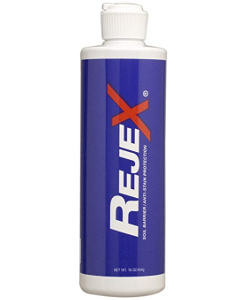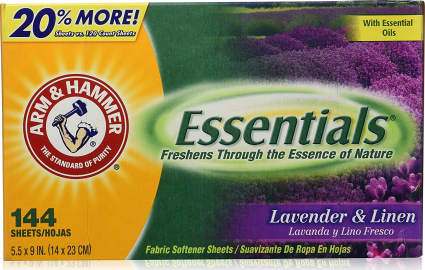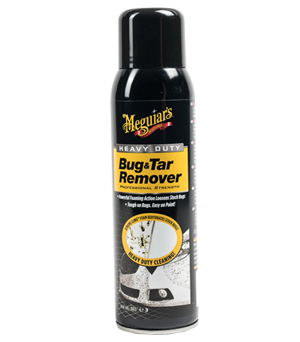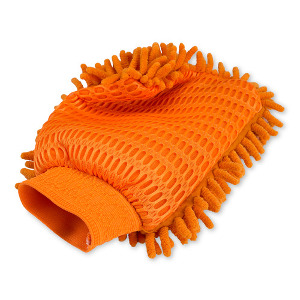Welcome to Crossing Creeks RV Resort & Spa in the heart of iconic Blairsville
Bug splatter is a real problem with summer and fall driving, and the longer you wait to get the bugs off your RV, the more difficult it will be. Absolutely get rid of them before winter.
Even more aerodynamic RVs are like bricks on wheels. They’re bound to catch a lot of bugs, especially in Southeastern states, including Georgia. One look through a splattered windshield on your way to or from Crossing Creeks RV Resort and Spa in Blairsville gives you a good idea of what the bugs do to the painted front ends of your RV. They may not show as readily on paint as on a clear windshield, but the bugs are there.
Let’s look not just at how to get dead bugs off your RV finish, but also how to lessen the likelihood that they’ll become a real mess in the first place.
 Preventing Insect Sticking
Preventing Insect Sticking
You can’t escape bug splatter, but you can reduce just how much bugs stick to paint and decals.
The best defense is to do something you ought to do anyway to maintain the value and appearance of your RV: Keep it washed and waxed. Any high-quality wax will provide a protective layer against insects.
There are other preventive products, too. RejeX Polymer Coating, for instance, coats paint and decals with a micron-thin shield. Originated to protect airplanes, it’s glossy like wax, so you can use it alone on the front of your RV. Wax or RejeX make it easier to wipe off insect residue, but wax and RejeX don’t mix, so don’t use them together on the same area. Rejex can also be used on headlight covers and windshields. Photo credit: Rejex.com.
 Bug Splatter Removal With Dryer Sheets
Bug Splatter Removal With Dryer Sheets
One of the traditional methods, but one that’s highly effective, is to use drier sheets—yes, the same sheets you throw in the drier to soften clothing. Do this in the shade or at least on the cool side of the RV, away from direct sunlight.
For bug removal, place a dryer sheet in a spray bottle and fill it with water. Spray the mixture onto the bugs and wipe off with—what else?—another dryer sheet. You may have to repeat, but the method gets the job done.
When you’re finished, wash and apply a new coating of wax or sealant. Photo credit: ezvidwiki.com.
Scrubbing Off Bugs
Some automotive washing mitts do a good job of scrubbing off dead bugs. A good example is the Griot’s Garage Micro Fiber Wash & Scrub Mitt. Use a bucket of water mixed with the cleaning agent you normally use to wash your RV. The mitt soaks up plenty of water for a thorough wash.
One side of the mitt has tendrils of micro fiber for routine RV washing. The other side is textured with plastic edges for bug removal. The honeycomb on the textured side bites into bug splatter and helps to remove bug residue without scratching paint. You’ll still have to scrub, and possibly repeat. Photo credits: Griot's Garage.
 Chemical Bug Removers
Chemical Bug Removers
Chemical cleaners—Maguiar’s Heavy Duty Bug & Tar Remover is an example—are formulated to soften bugs so they can be wiped off. You know Maguiar’s is working when it foams on the surface. Different cleaners may give different results. A soft rag or sponge should do for scrubbing, if necessary. When using any chemical cleaner, it’s a good idea to use latex gloves to limit exposure to your skin.
The makers of chemical cleaners say they engineer their cleaners so they don’t harm finishes, but it’s always a good practice to follow a vigorous chemical bug cleaning with a thorough wash. Apply a new coat of wax to keep more bugs from sticking. Photo credit: Meguiar's.
Some RV owners swear by dry washes, such as Aero Cosmetics Wash Wax All. You can use it in some RV parks that ban washing with water. You can also use it during stops while traveling. Spray it on, let it work in to soften the bugs, and wipe off with a micro fiber cloth. For stubborn splatters, scrub with a wet cloth before wiping dry. It leaves a slick sheen that will help to prevent future insect sticking.
Leave a comment
Make sure you enter all the required information, indicated by an asterisk (*). HTML code is not allowed.

